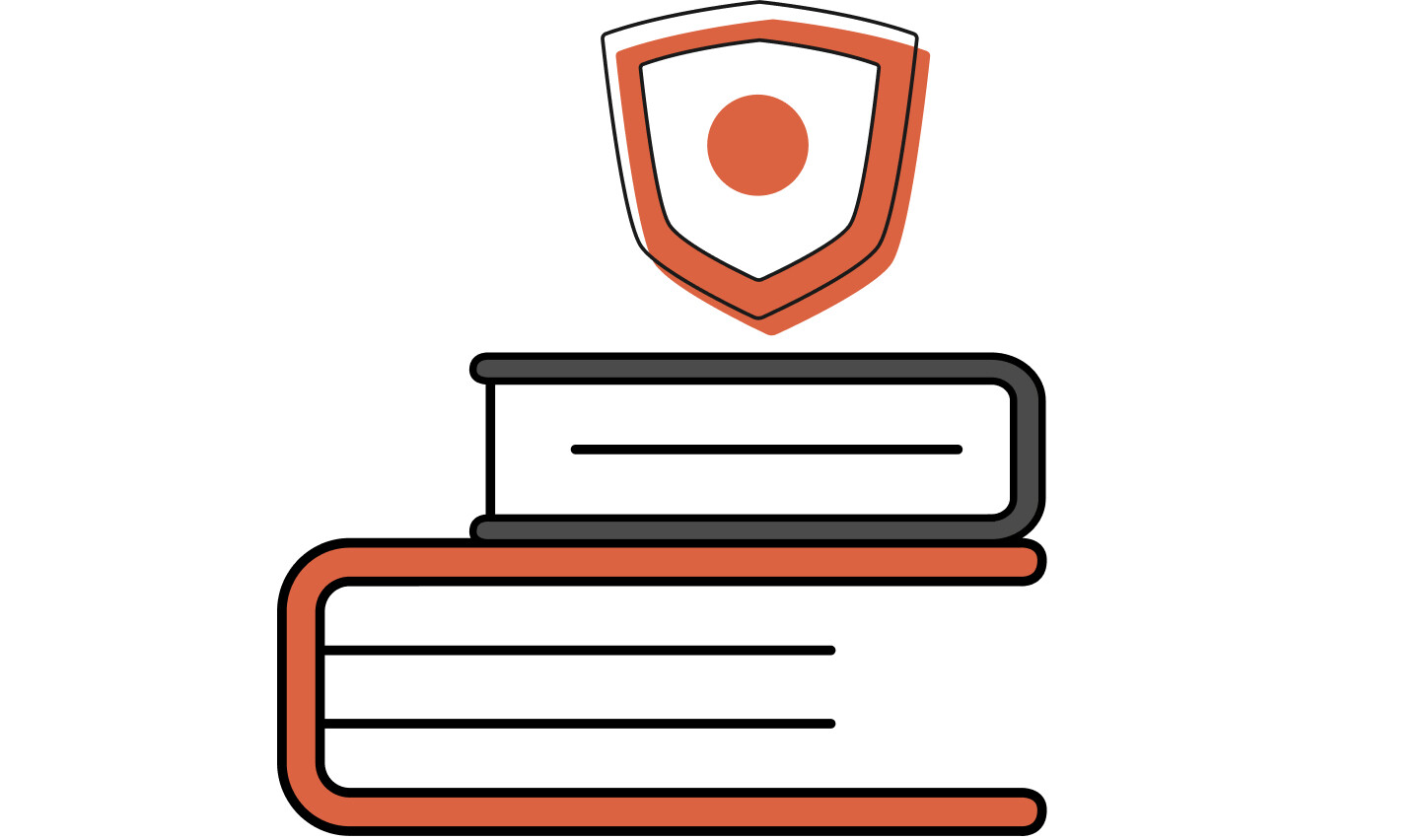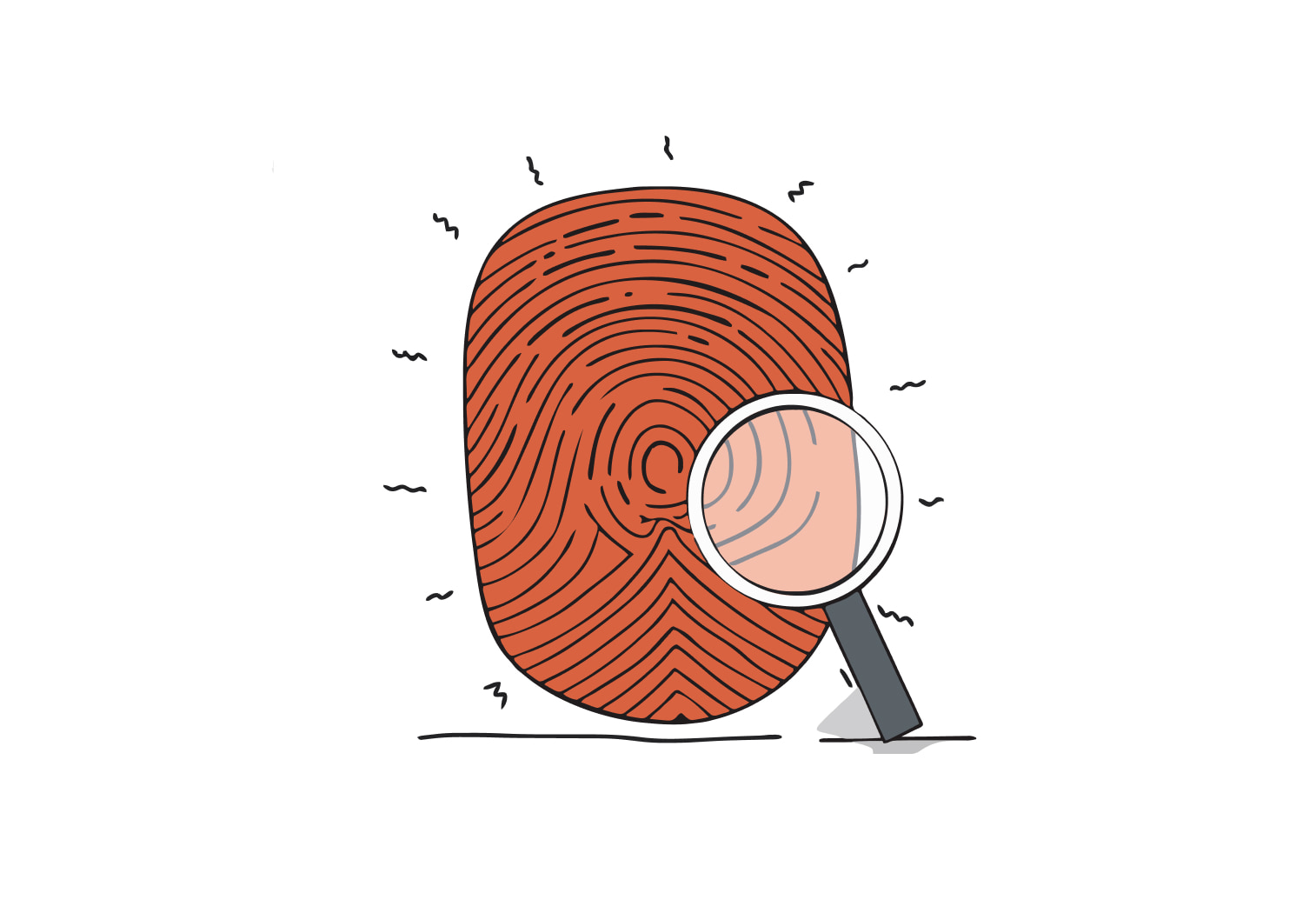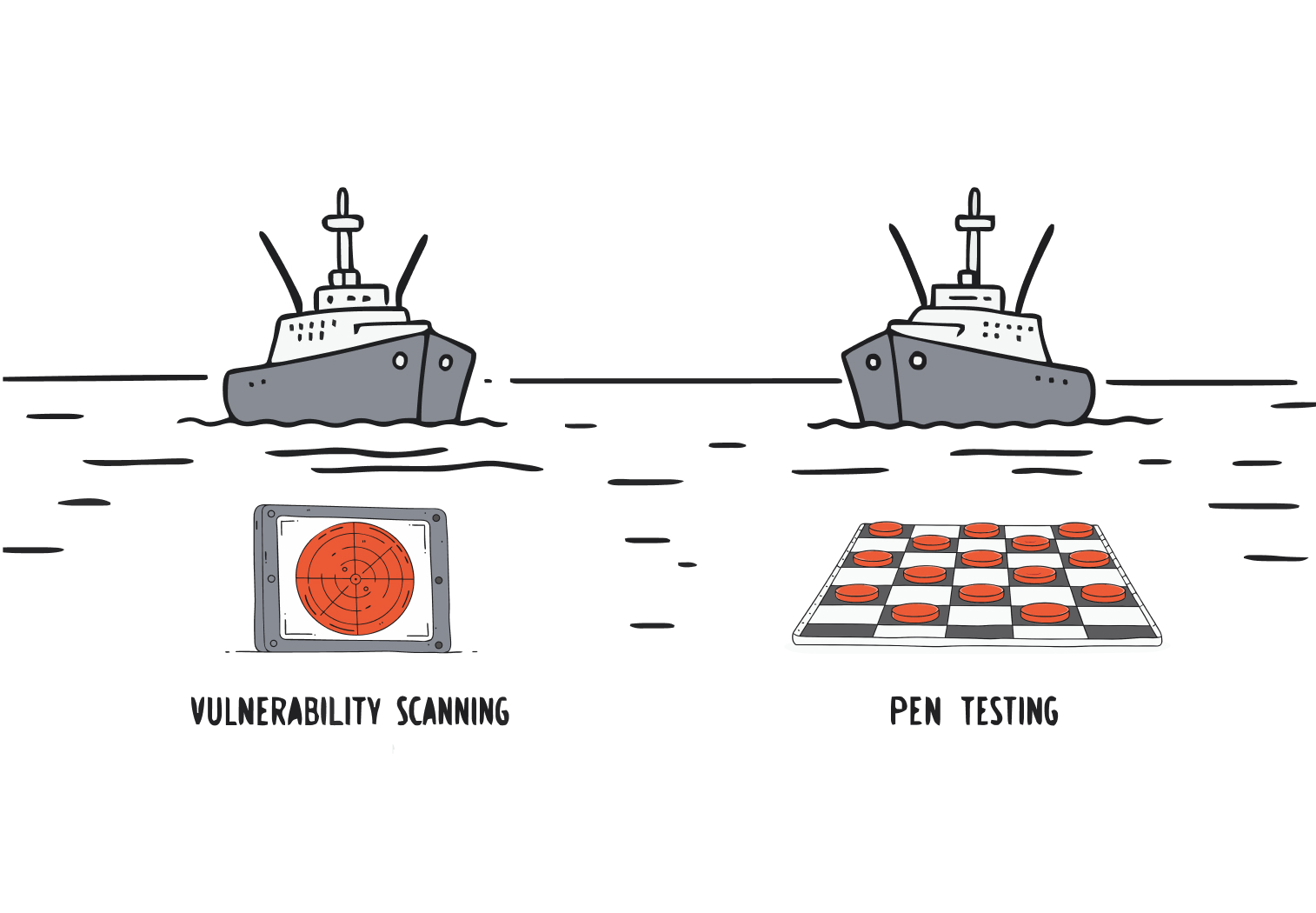Keys to a Well-Defined
Personal Data
Protection Policy
Legal Compliance
Many jurisdictions have enacted data protection laws, such as the Australian Privacy Act / Australian Privacy Principles (APPs) and the EU General Data Protection Regulation (GDPR).
A personal data protection policy helps ensure that an organisation’s data handling practices comply with applicable legal requirements, mitigating the risk of fines and legal action.
Trust and Reputation
Customers, employees, and partners expect their personal information to be treated with care and respect.
By demonstrating a commitment to data privacy through a transparent and comprehensive policy, businesses can build trust, enhance their reputation, and foster long-term relationships with their stakeholders.
Data Breach Prevention
Having a personal data protection policy in place that spells out in clear terms how to keep personal and consumer data out of harm’s way really makes a difference in stopping data breaches from happening because of a careless slip-up or a plain old mistake.
Data security needs to be right near the top of your list when you’re putting together a plan to keep consumer data from ending up in the wrong hands. Ensure strong access controls, encryption and other protections are in place to keep your data from being looked at or manipulated without permission.
Organisations need to be proactive about the risks and take steps to avoid a data breach if you want to keep sensitive information safe and keep your customers trusting you.
Incident Response
In the event of a data breach, having a well-defined personal data protection policy and an accompanying incident response plan can help organisations quickly and effectively contain the breach, notify affected individuals, and take corrective action.
Swift and appropriate response can help limit the damage to individuals and the company’s reputation.
Employee Awareness and Accountability
A personal data protection policy serves as a training and reference tool for employees, educating them about their obligations in handling personal data and the consequences of non-compliance.
By fostering a culture of privacy and security, businesses can reduce the risk of insider threats and ensure that all staff members are working together to protect sensitive information.






